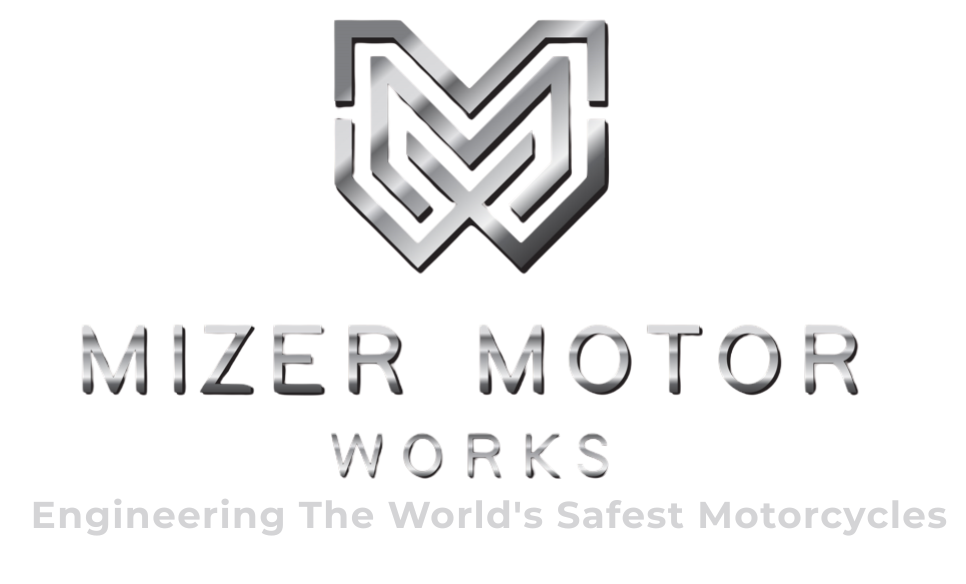No products added!
Standard Lithium-Ion 72V 205Ah phosphate battery.
25A DC charger is installed in vehicle.
Maximum charging power is 2100W
External socket is AC 110V or AC 220V charging gun
6 hours charging from 10% to 80% (AC 110V)
3 hours charging from 10% to 80% (AC 220V)
Specifications for a Lithium-Ion 72V 205Ah phosphate battery
- 1. Nominal Voltage: 72 volts
- 2. Nominal Capacity: 205 amp-hours
- 3. Chemistry: LiFePO4 (lithium iron phosphate)
- 4. Cycle Life: 2,000-5,000 cycles
- 5. Thermal Stability: Enhanced
- 6. Suitable for: E-Bikes, E-Skateboards, E-Scooters, solar storage, and medical devices
- 7. Weight: 150kg
- 8. Energy Density: 168Wh/kg
General Specifications
- 1. Voltage (Nominal): 72V
- 2. Capacity: 205Ah
- 3. Energy Storage:
- Energy (Wh): 72V × 205Ah = 14,760Wh (14.76 kWh)
- 4. Chemistry: Lithium Iron Phosphate (LiFePO4)
- 5. Weight:
- Approx. 120-180 kg (depending on energy density and packaging).
- 6. Dimensions:
- Varies by design, but typically compact.
- Example: ~500mm × 400mm × 200mm (approximate, depends on packaging).
Performance Specifications
- Energy Density:
- 90-160 Wh/kg (lower than other lithium-ion chemistries but safer and more stable).
- Power Density:
- 1C to 3C discharge rates (suitable for high-power applications).
- Cycle Life:
- 2,000-5,000 cycles (at 80% capacity retention, depending on usage and design).
- Charging Time:
- 1-2 hours for fast charging (depending on charger and thermal management).
- Operating Temperature Range:
- -20°C to 60°C (excellent thermal stability and performance in extreme conditions).
Safety and Durability
- Safety Features:
- High thermal and chemical stability (less prone to thermal runaway).
- Non-toxic and environmentally friendly.
- Durability:
- Resistant to overcharging and deep discharging.
- Long lifespan even under frequent cycling.
Applications
- Electric Vehicles (EVs): Buses, trucks, and low-speed vehicles.
- Renewable Energy Storage: Solar/wind energy storage systems.
- Industrial Equipment: Forklifts, AGVs, and backup power systems.
- Marine and RV Applications: Reliable and safe energy storage.
Advantages of LiFePO4 Batteries
- Safety: Extremely stable and less prone to overheating or combustion.
- Long Lifespan: Can last significantly longer than other lithium-ion chemistries.
- Wide Temperature Range: Performs well in both high and low temperatures.
- Eco-Friendly: Non-toxic and recyclable materials.
*************************************************************************************
Premium Lithium-Ion 72V 300Ah solid-state battery
25A DC charger is installed in vehicle.
Maximum charging power is 2100W
External socket is AC 110V or AC 220V charging gun
6 hours charging from 10% to 80% (AC 110V)
3 hours charging from 10% to 80% (AC 220V)
Specifications for a Lithium-Ion 72V 300Ah solid-state battery
- Nominal Voltage: 72 volts
- Nominal Capacity: 300 amp-hours
- Chemistry: LiFePO4 solid-state lithium iron)
- Cycle Life: 3,000-5,000 cycles
- Energy output 21,600Wh
- Thermal Stability: Enhanced
- Suitable for: E-Bikes, E-Skateboards, E-Scooters, solar storage, and medical devices
- Weight: 150kg
- Energy Density: 200Wh/kg
General Specifications
- Voltage (Nominal): 72V
- Capacity: 300Ah
- Energy Storage:
- Energy (Wh): 72V × 300Ah = 21,600Wh (21.6 kWh)
- Chemistry: Solid-state lithium-ion (e.g., lithium-metal or lithium-sulfide-based electrolyte)
- Weight:
- Approx. 150-250 kg (depending on energy density and materials used)
- Dimensions:
- Varies by design, but typically compact compared to traditional lithium-ion batteries.
- Example: ~600mm × 500mm × 200mm (approximate, depends on packaging).
Performance Specifications
- Energy Density:
- 250-400 Wh/kg (solid-state batteries typically have higher energy density than traditional Li-ion).
- Power Density:
- High discharge rates (e.g., 2C to 5C, depending on design).
- Cycle Life:
- 1,000-5,000 cycles (at 80% capacity retention, depending on usage and design).
- Charging Time:
- 1-2 hours for fast charging (depending on charger and thermal management).
- Operating Temperature Range:
- -20°C to 60°C (solid-state batteries often have better thermal stability).
Safety and Durability
- Safety Features:
- Non-flammable solid electrolyte (reduced risk of thermal runaway).
- No liquid electrolyte leakage.
- Durability:
- Resistant to dendrite formation (common in traditional Li-ion batteries).
- Better performance in extreme temperatures.
Applications
- Electric Vehicles (EVs): High energy density and safety make it ideal for EVs.
- Renewable Energy Storage: Solar/wind energy storage systems.
- Industrial Equipment: High-power machinery and backup power systems.
- Marine and Aerospace: Lightweight and high-performance energy storage.
Advantages of Solid-State Batteries
- Higher energy density compared to traditional Li-ion.
- Improved safety (no liquid electrolyte).
- Faster charging capabilities.
- Longer lifespan and better thermal stability.
